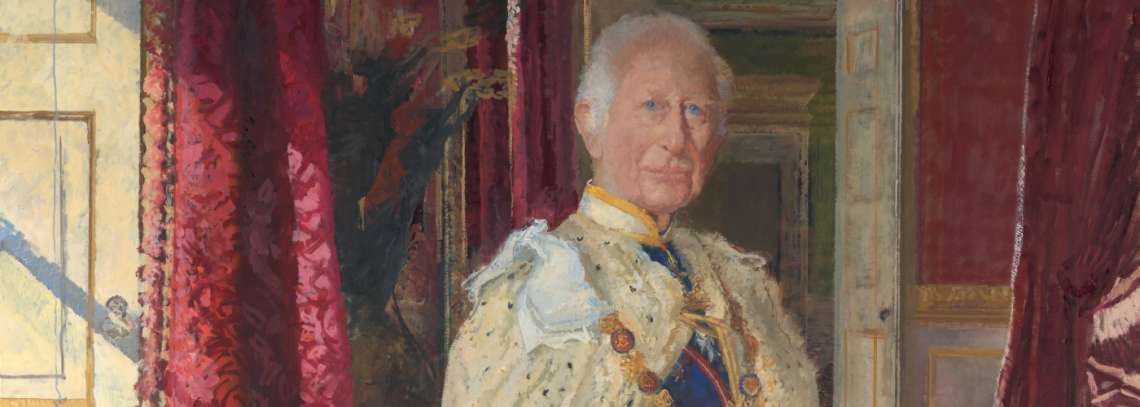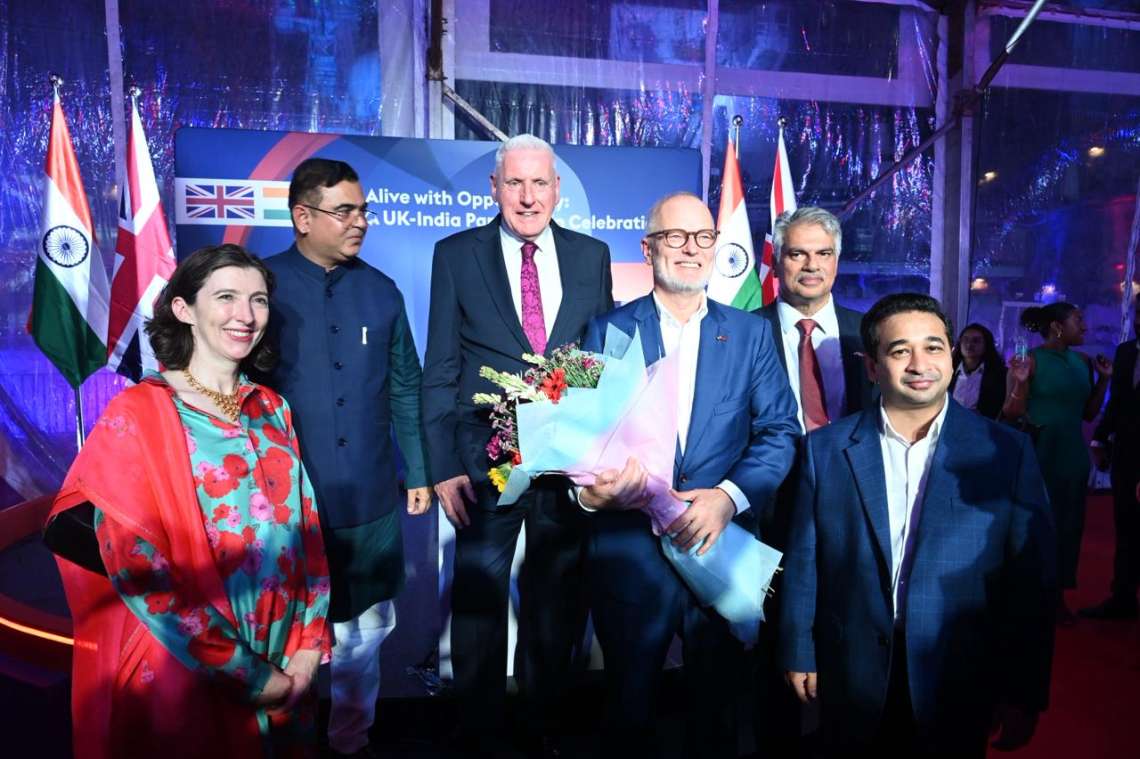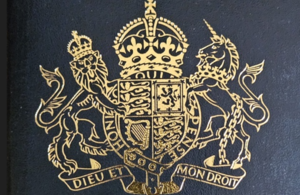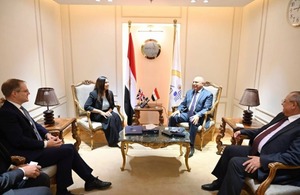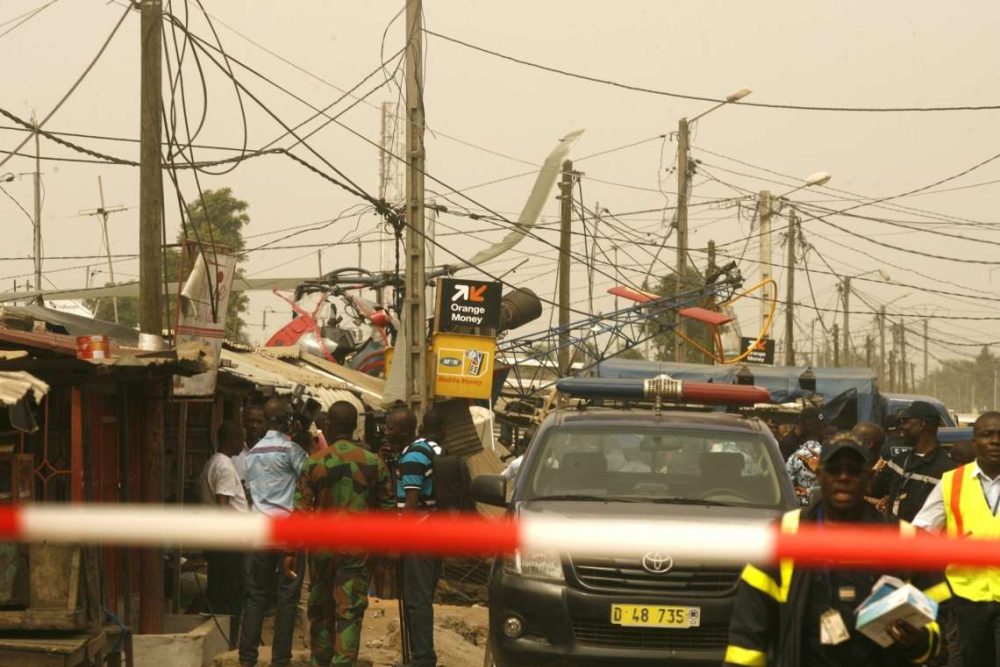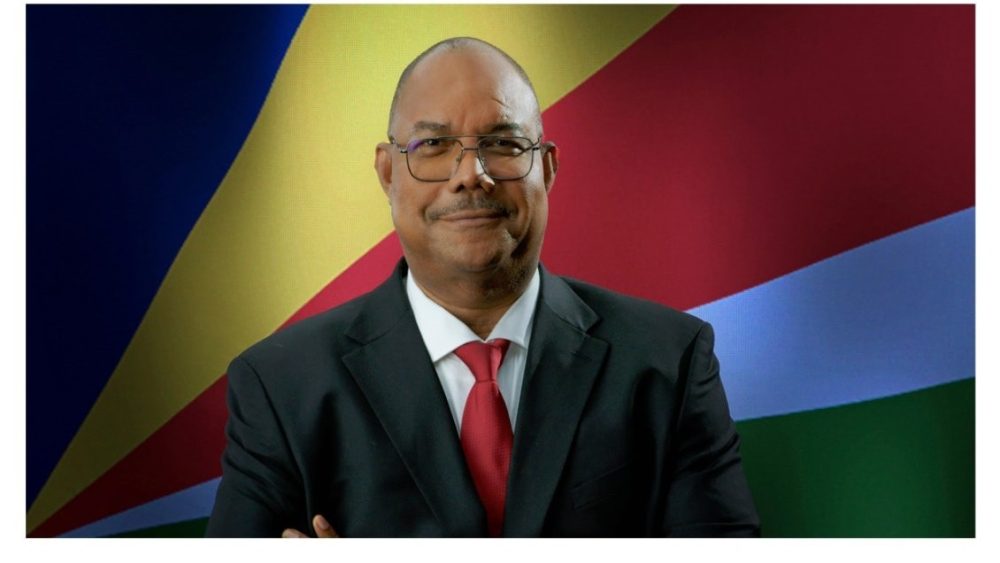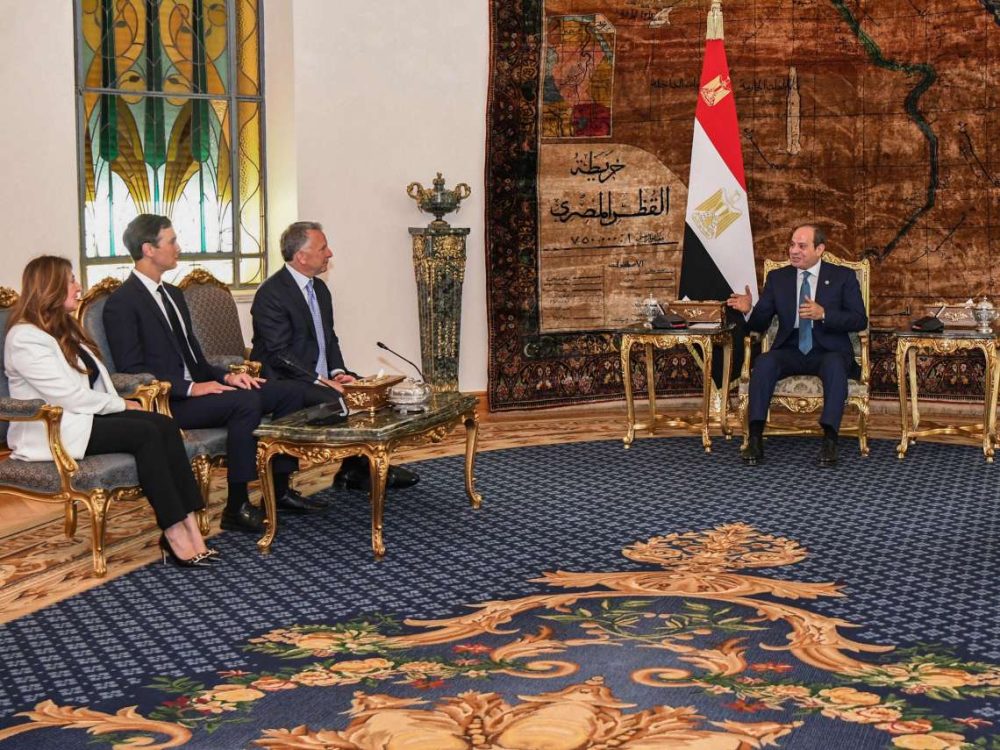Cabinet Office refusing FoI request to disclose exactly where the pictures did end up amid falling public support for monarchy…reports Asian Lite News
It was a celebratory multimillion pound scheme to mark the beginning of King Charles III’s reign. Free portraits of the king were offered to all public bodies – every town hall, university, hospital and even jobcentre – so the new monarch’s visage could gaze down on his subjects.
The initiative would provide “a reminder of the example set by our ultimate public servant”, said the then Tory deputy prime minister, Oliver Dowden.
But the current government is proving coy about where exactly any of the images of King Charles ended up after it admitted more than 46,000 public institutions had showed no interest. In what has been described as an “absurd” decision about a scheme to distribute large portraits of the king to be hung in public view, it is refusing to say which schools, hospitals and job centres did request them, saying it could “give rise to controversy” and create “negative public perception”.
More than £2.7m was spent meeting requests for the pictures and while take-up was patchy, more than 20,000 images of Charles in a medal-laden Royal Navy uniform were sent out – a 31% hit rate.
But the reluctance to reveal where they ended up has emerged from a freedom of information request which the Cabinet Office has been resisting for many months. Last October it rejected the request for the information by arguing disclosure would be an “actionable breach of confidence”. In effect it implied a public authority which requested a portrait of the king to display in public might sue the government for revealing that it had done so.
When it was appealed on the grounds that “requesting a portrait of the king funded by the taxpayer for the express purpose of being publicly displayed cannot reasonably be considered a confidential matter”, it dropped that justification and changed tack to claim release would “prejudice the effective conduct of public affairs”, a different exemption under the Freedom of Information Act.
It said disclosure “would be likely to trigger questions about why certain organisations requested the portrait and (by extension) why others did not” and that organisations would be distracted from operational activity by having to answer them.
One royal historian said it was the latest example of the government acting to protect the reputation of the monarchy and a sign of anxiety in Whitehall about any further undermining of the institution’s reputation.
The refusal comes amid a steady decline in the proportion of the adult population who believe the monarchy is good for Britain, falling from 60% in July 2019 to 51% in March 2024, according to You Gov. The combined proportion of people who thought it was either bad or neither good nor bad rose in the same period from 34% to 44%.
Graham Smith, the chief executive of the anti-monarchy campaign group Republic, said declining public support meant “the chances of there being controversy around spending money on portraits is far more likely than in the past”.
The government has already said that less than a third of eligible public institutions asked for a portrait, including only 3% of hospitals, 7% of universities and only one in four Church of England churches. National and local government bodies were far more enthusiastic with 73% making requests, while every one of the 23 coastguard bodies received a portrait. But overall more than 46,500 public institutions that could have ordered a portrait did not.
“The public may have an interest in knowing which institutions applied for the King’s portrait,” the government said in its freedom of information response. “However, the likely motivation behind such interest may focus more on identifying which organisations did not apply rather than understanding government decision making or policy effectiveness. This type of scrutiny does not necessarily serve a broader public interest and could unfairly single out institutions for criticism over a discretionary decision that does not impact their ability to provide public services. This type of negative attention could discourage organisations from engaging in similar schemes in the future due to negative media coverage or reputational harm.”
Transparency could cause enough people to ask why a given school or hospital did or did not request a portrait, that it could distract the public body from its work and that releasing the facts of the matter could cause “negative media coverage or reputational harm”, the Cabinet Office said.
Smith said it was unacceptable to maintain secrecy around public spending by cash-strapped public institutions in order to avoid controversy.
“The whole point of freedom of information is to allow the public to judge the conduct and decisions of public authorities,” he said. “It is up to the public to determine whether they criticise those who do order or don’t order the portrait.”
Dr Ed Owens, a royal historian, called the refusal “a form of obfuscation”. He said that releasing the information “would shed light on the fact that there isn’t a great deal of interest in him”.
“The fact that hospitals haven’t unanimously requested portraits suggests there’s a disconnect between the monarchy’s public image when it seeks to nurture relationships with public institutions like NHS hospitals and their actual relationship with the monarchy,” he said. “If we were to go back 100 years you’d almost certainly see a picture of the king in most public and many private institutions and many private homes as well. In terms of the significance of this particular figure to ordinary people’s lives, I think it is very telling.”
He described the decision to withhold the information as “more than absurd” and said: “The Cabinet Office seems to be playing an active role in seeking to protect the reputation of the monarchy … they are clearly anxious about this kind of information being used to discredit and to further undermine the monarchy’s public image.”


